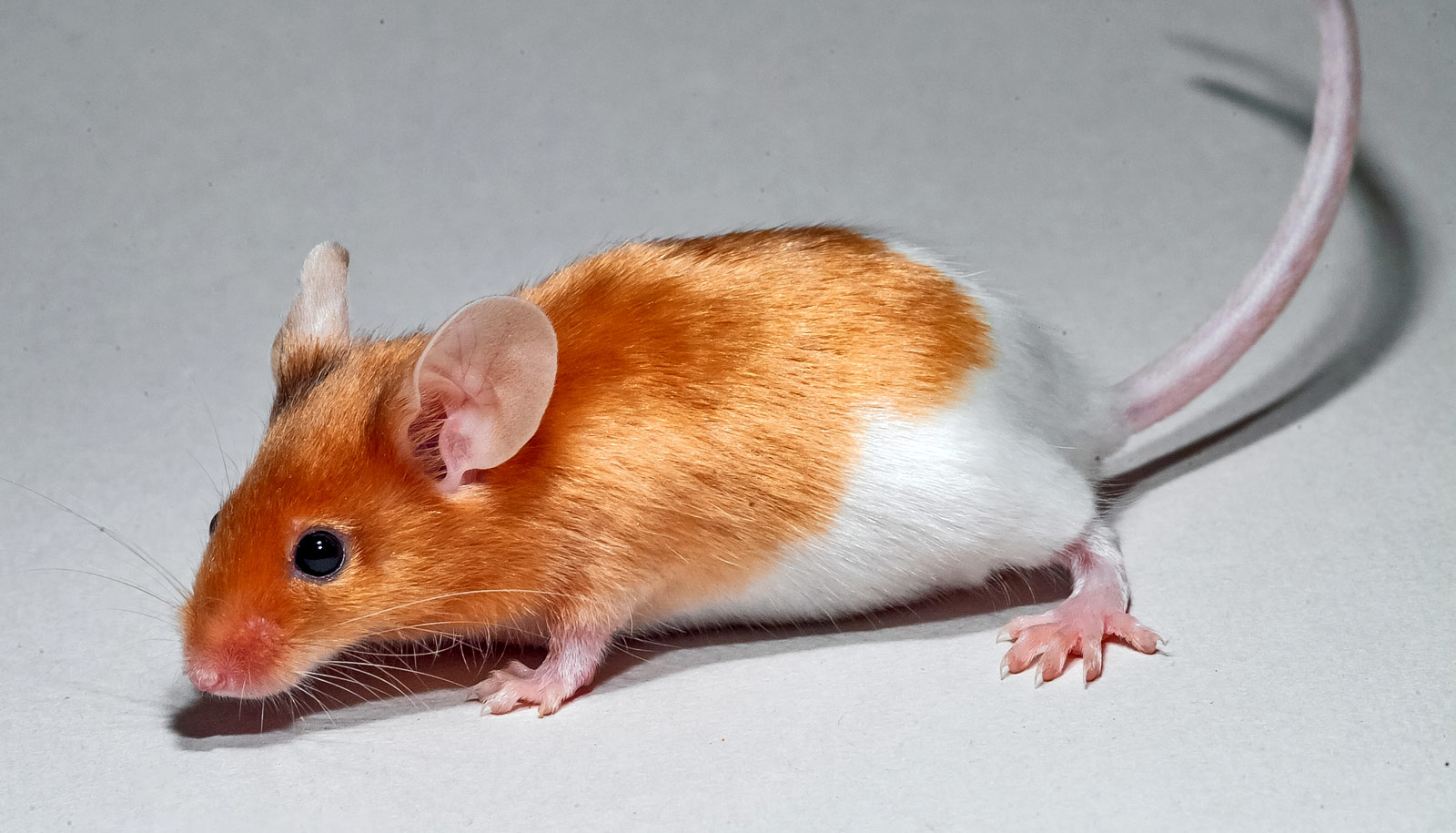Socially isolating mice detracts might actually make them poor models for humans, say researchers.
Animal models can serve as gateways for understanding many human communication disorders. Insights into the genetic paths possibly responsible for conditions such as autism and schizophrenia often begin by studying acoustic behavior in mice.
The new study suggests that a simple shift to a more realistic social environment for the mice could greatly improve the utility of future studies.
‘Odd worlds’ for the mice
How mice are raised affects how they hear in the real world, according to Micheal Dent, a professor in University at Buffalo the psychology department and coauthor of the paper with Laurel Screven, a postdoctoral research fellow at Johns Hopkins University.
Socialization is critical, Dent says.
“We need to raise our animals in more naturalistic situations since it turns out that it has an effect on their acoustic communication, including how they hear and how long it takes to train them on a behavioral task,” says Dent.
“Normally when we do these studies, we isolate the animals for their entire lives. This is not a good model for humans because we’re creating these odd worlds for the mice. It’s not natural,” she says. “Having the mice live together changes their perception of vocalizations, so clearly it is important.”
Pups and squeaks
The findings of the new paper, which appear in the journal eNeuro, began as a curiosity Screven expressed to Dent, who was her dissertation adviser in Buffalo.
Screven was interested in the effects of social experience on acoustic communication in mice. Previous research demonstrated that when female mice have babies, their neural responses to calls, or ultrasonic vocalizations, change. Their response depended on whether or not the mice had pups. Screven wondered if the social experience of vocalizations somehow changes the composition of the brain, and changes the composition of the auditory areas of the brain.
It was a possibility that had not been previously studied.
“We can’t tell what kind of neural effects are taking place from our behavioral research, but what we can say is that we should not be isolating mice,” Dent says. “We should put them together in order to create a more realistic situation, one that’s more applicable to human communication.
“Knowing how to raise and care for these animals can improve research on human communication,” she explains.
For their study, Dent and Screven first trained mice to poke their noses through one hole to start a repeating vocalization and then to poke their noses through a different hole when they heard a different vocalization. Mice emit ultrasonic vocalizations (USVs), which vary in frequency, duration, and intensity.
The collective differences in these characteristics is the call’s “shape.” The shapes perceived by the mice are similar to how humans hear different words.
The socially isolated mice required significantly more time to learn to discriminate between the USVs than the socially housed mice, and they used different aspects of the USVs to do it.
“The goal of the research in our lab is to first establish the baseline acoustic communication behavior of the mice so in the future we can start understanding communication in mice with genetic manipulations,” says Dent. “If we look at the genes found in humans who stutter, for instance, or have high frequency hearing loss, or accelerated age-related hearing loss, we can see what happens when we knock out those same genes in the mice.
“Eventually, we can attempt to ‘fix’ the disorders in mice, leading to possible treatments for humans.”
For Dent, the findings are immediately applicable and she says the next step in her research will be to house mice together in future experiments.
“Just the finding that the mice train faster when they live together is important for anyone in my line of research wanting to get the data out faster,” she says. “But I also think that creating a more natural living situation for the mice will make the results of these laboratory experiments more relevant for human communication and studying how humans process vocalizations.”
Source: University at Buffalo
